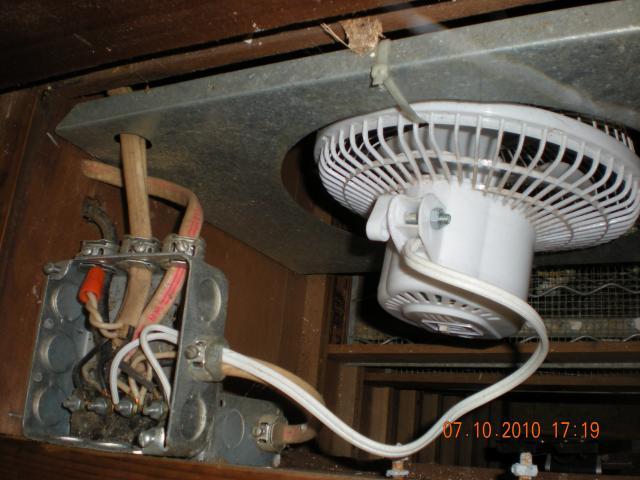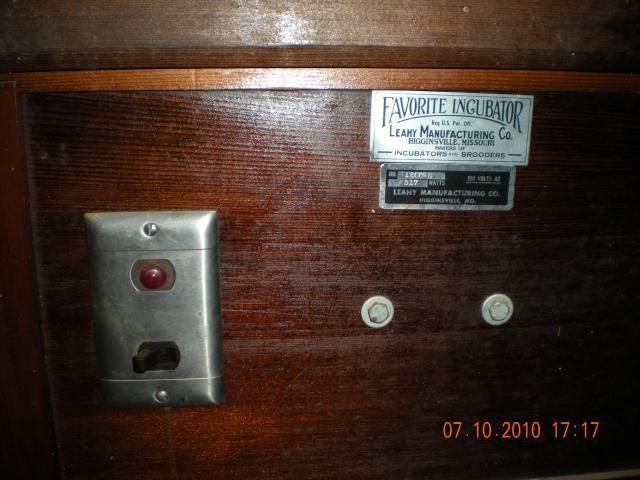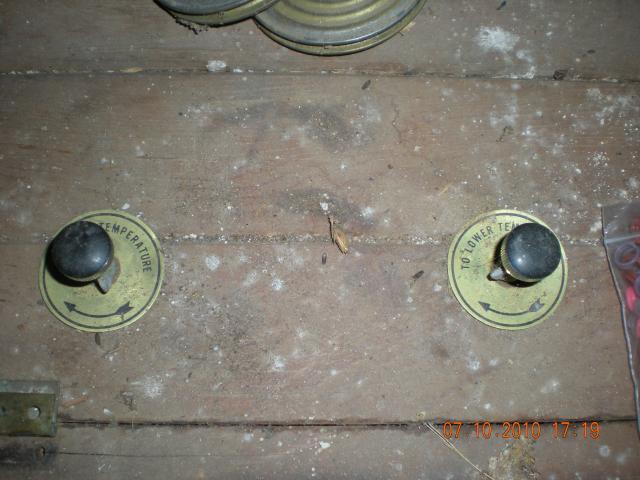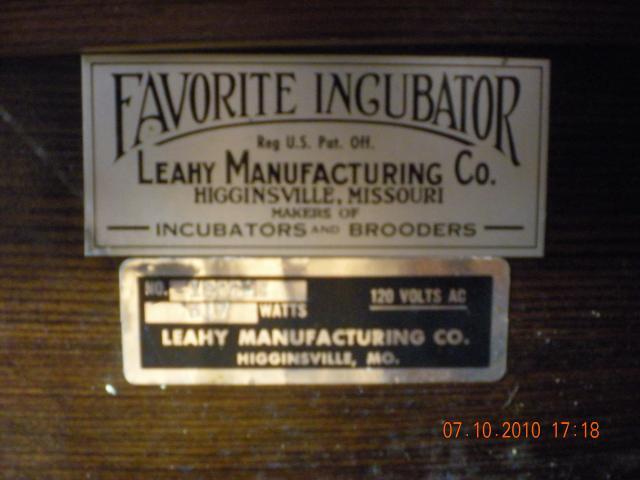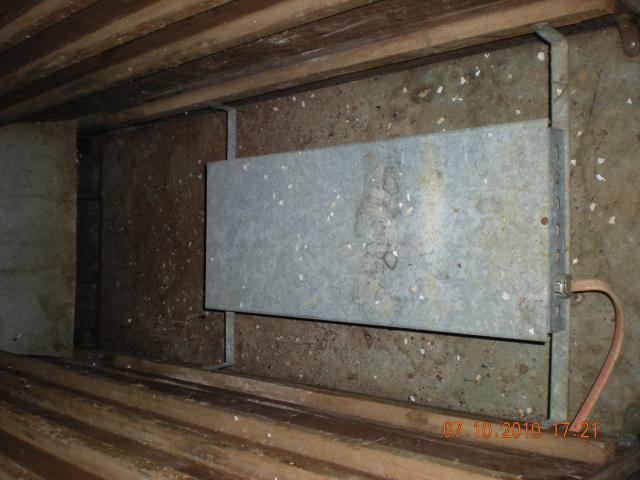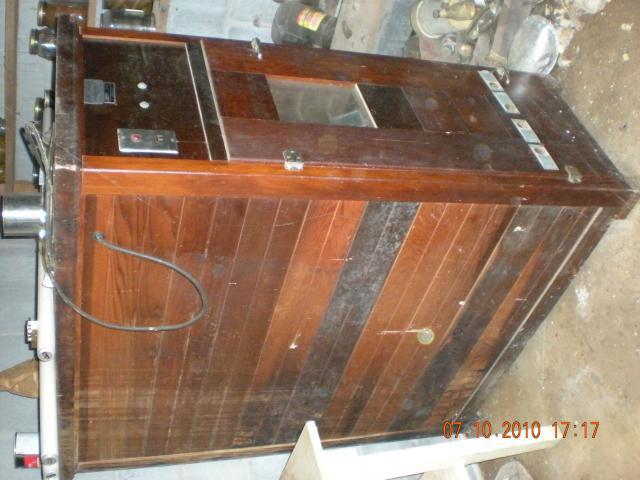Here is my thoughts on the homebuild thermostat. Yes you can save a few pennies, if you know what you are doing. My second thoughts are your suggested heat source and the problems you are likely to experience in regulating your actual temps with that heat source. Light bulbs get very hot, much hotter than the targeted temp range you are wishing to control. Once turned on, they continue to heat up until the target range as determined by your sensor is to where you desire it to be. Problem is, the lightbulb will be much hotter than the target temperature by the time the sensor cuts the light off. What you will experience is a severe overshoot in temperature and any accuratecy of the thermostat is thrown out the window. To counter this one would have to have a much better sensor than you have chosen for your design. Sensoron sh11 might be one you could consider, of course you just shot your cheap budget as this sensor is going to cost you around $30. The higher the resolution of your sensor and microcontroller will allow for faster refresh rates on the actual heat controller and the ability of the sensor to sense the approach of the target temperature, and thus reduce instead of completely turning off the electrical supply to your heat source. This will prevent the overshoot in temperature and provide a much tighter hysteresis between the on and off of the thermostat.
Personally, I would scrap the whole lightbulb approach for building an incubator and move to the much more efficient and durable Nichrome wire heating elements. This wire is almost as cheap as a light bulb and you dont have to worry about it buring out when you need it most. It will also make your thermostat design much easier to do and a thermostat that is much easier to fine tune for its application. The nice thing about the nichrome wire is if you are having problems with overshoots or undershoots of your temperature is you can simply change the lenght of the wire to fine tune the actuall temperature range of your heating element. for example, where as 60ohms might prove to keeping the target temp range to +/-2 degrees, a simple increase in the wire lenght by a couple of inches to a reading of 70ohms, might tighten the target range to +/- 1 degree. One could continue adjusting the wire lenght until they have reached the accuratecy range of the thermostat which using the proper sensor could be measured in 1/10ths of a degree. Of course if you are using a light bulb, you can change the wattage size of the bulb to effect the heating temperature, but its hard to find a bulb you can adjust wattages to just one or two watts if thats what it takes to reach the proper temperature ranges you desire. You usually endup using either one size larger or smaller and settleing for the results that change provides. With nichrome wire you can fine tune a fraction of a inch in wire lenght at a time, starting with a longer than needed wire and cutting off a little at a time to match your incubators ability to hold the proper temp ranges.
I pm'ed you concerning a brd. and silk. file if you want to build a really accurate thermostat, humistat, motor controller. Reply with a email address and I will send it to you.


